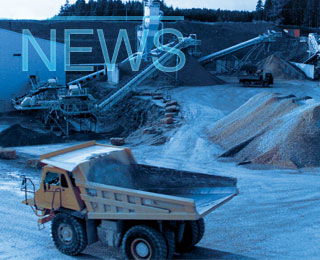The latest Construction Trade Survey (CTS) published last Friday, shows that the majority of the construction industry endured a difficult 4Q12, due to declining output and orders on the demand side, combined with rising costs on the supply side.
Large firms, especially those working in the infrastructure sector, have reported improving conditions, but the bulk of the industry still faces a very difficult year ahead especially those further down the supply chain, who are experiencing a contraction in workload exacerbated by difficulties in late payment.
Commenting on the survey, Noble Francis, economics director at the Construction Products Association, said: "It was good to see a rise in construction output for 4Q compared to 3Q, when activity was adversely affected due to the Olympics and Paralympics. However, output remains 9.3 per cent lower than a year ago and this is reflected in the CTS. A minority of firms working on energy and rail projects continue to thrive as do construction product manufacturers who are able to export outside the EU. Yet, overall, the industry continues to suffer falls in work across both public and private sectors. Furthermore, outside of infrastructure, the industry is expecting that 2013 will be even more difficult, with declining orders and enquiries across the industry."
Speaking about the survey Stephen Ratcliffe, UKCG director, said: "Business conditions remain challenging and because construction is a lagging indicator there is unlikely to be any major improvement this year. Nevertheless, there remain good opportunities in infrastructure, in the schools programme and energy sector.
"Government support in providing guarantees to kick-start stalled projects is welcome, as has been the announcement of PF2 [Private Finance 2] . UKCG continues to work with government to see what more could be done to speed up deal flow and increase work available to the industry."
Julia Evans, chief executive of the National Federation of Builders, added: "The construction industry is braced for a year in which weak demand and higher costs will create a very challenging trading environment. As the government and industry collaborate to lay out a long-term strategy for the industry, we must not lose sight of the need to maintain the current capital investment plans that will generate economic growth in the more immediate future."

Lacklustre start to the year for Italian cement
Italian cement demand started 2025 with an eight per cent YoY contraction in January, according ...